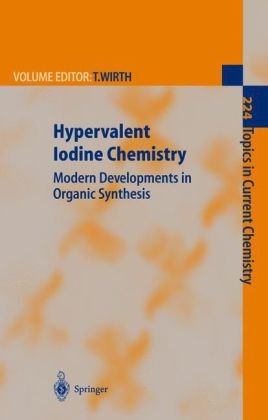

Most ebook files are in PDF format, so you can easily read them using various software such as Foxit Reader or directly on the Google Chrome browser.
Some ebook files are released by publishers in other formats such as .awz, .mobi, .epub, .fb2, etc. You may need to install specific software to read these formats on mobile/PC, such as Calibre.
Please read the tutorial at this link: https://ebookbell.com/faq
We offer FREE conversion to the popular formats you request; however, this may take some time. Therefore, right after payment, please email us, and we will try to provide the service as quickly as possible.
For some exceptional file formats or broken links (if any), please refrain from opening any disputes. Instead, email us first, and we will try to assist within a maximum of 6 hours.
EbookBell Team

4.3
28 reviews
ISBN 10: 3540441077
ISBN 13: 9783540441076
Author: Thomas Wirth
Embarking on a new millennium, the book in hands describes the recent developments of organsoselenium chemistry in all facets. Various distinguished scientists have contributed, with their skill and expertise, making this book a valuable source for synthetic oriented organic chemists and for those, who want to get a first insight into the chemistry of selenium.
international conference on hypervalent iodine chemistry
hypervalent iodine chemistry pdf
hypervalent iodine review
what is iodine in chemistry
does iodine exist as i2
Tags: Thomas Wirth, Hypervalent, Chemistry